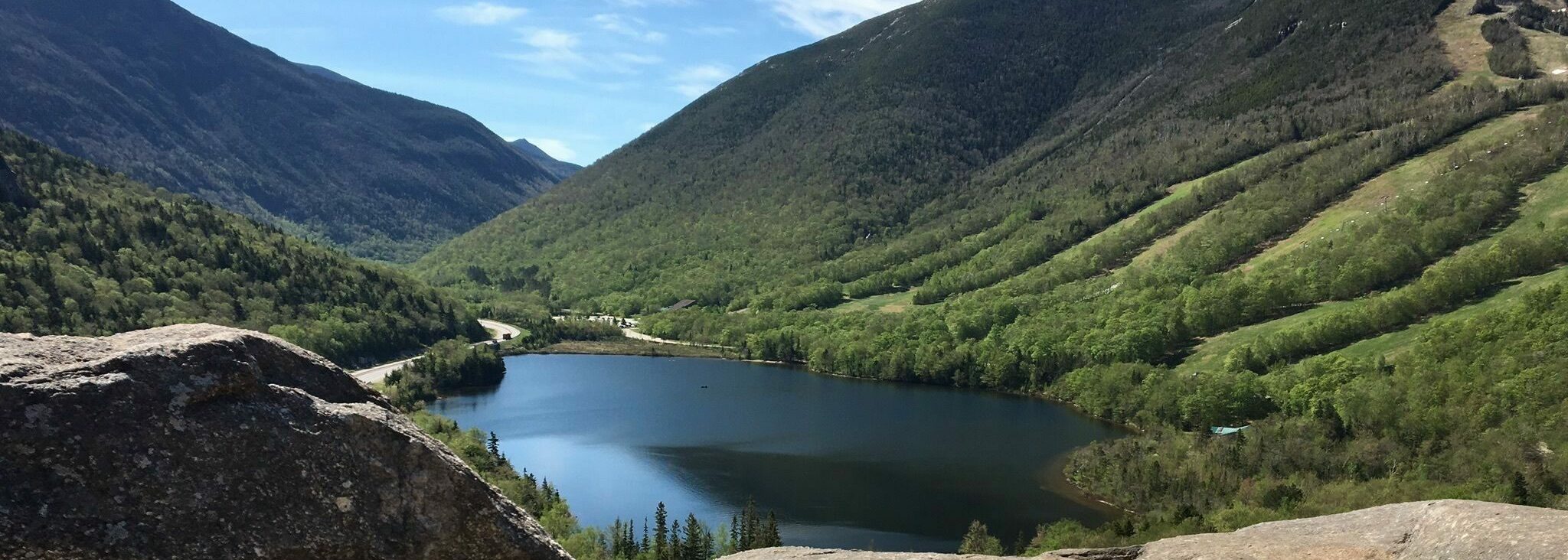Contact Your Representatives

Being proactive in the New Hampshire legislative process can be easy with the help of NH LAKES! Here are some resources to help you find your way.
Navigating the State Legislature
Who is my legislator?
1. To find your state senator, go to https://www.gencourt.state.nh.us/senate/members/wml.aspx.
Select your town and you’ll be directed to your state senator’s online profile.
2. To find your state representatives, go to https://www.gencourt.state.nh.us/house/members/.
Select your town and you’ll be directed to your state representatives (click on their names for more information).
How to Find a Bill
1. Go to https://www.gencourt.state.nh.us/
2. On the left hand side of the page, there are boxes labeled, “Current Bills” and “Bill Text Search.”
3. Use the search boxes to input the title of a bill (for example: SB119 or HB1810) or a key word (for example: water).
4. If you want to do a more detailed search, go to http://www.gencourt.state.nh.us/bill_status/legacy/bs2016/
Testifying Before a State Legislative Committee
It is not as scary as it seems! Testifying is a great way to show support when it matters. Legislators consider how many individuals and groups turned out to testify on a bill when voting.
Procedures you should expect:
1. Stay current on when public hearings are scheduled by reviewing the Senate and House calendars (www.gencourt.state.nh.us/).
2. If you are testifying, print out a written copy of your testimony (maximum of one page) for each committee member (25 copies for the House and 10 for the Senate). Pass these items out before the meeting.
3. On the day of the public hearing, arrive at least 15 minutes before when the committee meeting is scheduled to begin. Committees don’t always stick to schedule and can move faster than expected/shown on the schedule.
4. When you arrive in the committee room, use the sign-in sheets stating whether you support or oppose a bill and whether you plan to provide verbal testimony to the committee.
5. The House and Senate committees do this differently—make sure you sign in and indicate your position on the bill. If you plan to testify, check “wish to speak” and fill out a pink card.
6. Listen to what is being said by other people to the committee so that you can avoid unnecessary redundancy unless you want to place greater emphasis on something.
7. The committees appreciate conciseness and brevity. Unless you are an expert in a subject and are asked to go into great detail, your testimony should not exceed five minutes.
8. The committee chair will call you forward when it is your turn to speak.
9. Address the group by saying:
a. Good morning, Mr./Madam Chair and members of the committee. Thank you for allowing me the opportunity to speak today.
b. Introduce yourself by stating your name and where you live.
c. Ask the committee to support or oppose the bill.
d. Tell a personal story and provide data or other reasoning to support your position.
e. End by thanking the committee and saying, “I would be happy to take any questions.”
f. Return to audience seating when there are no further questions.
Writing a Letter or an Email to a State Legislator
1. Introduce yourself and explain why you are writing. Be sure to use your own words.
2. If you are writing regarding a specific piece of legislation, include the title of the bill in the subject line. In the first sentence or two, state whether you want them to support or oppose that specific bill. a. For example, “I am writing to ask you to support (House or Senate) bill #…” or “I am writing to ask you to oppose (House or Senate) bill # because…”
3. Consider using a personal story to explain how a piece of legislation would affect you and how you think it will affect your community.
4. It is always good practice to include research or data to support your position. However, be sure to be reasonably concise.
5. Include your contact information (address, phone number, and email) and say thank you!

